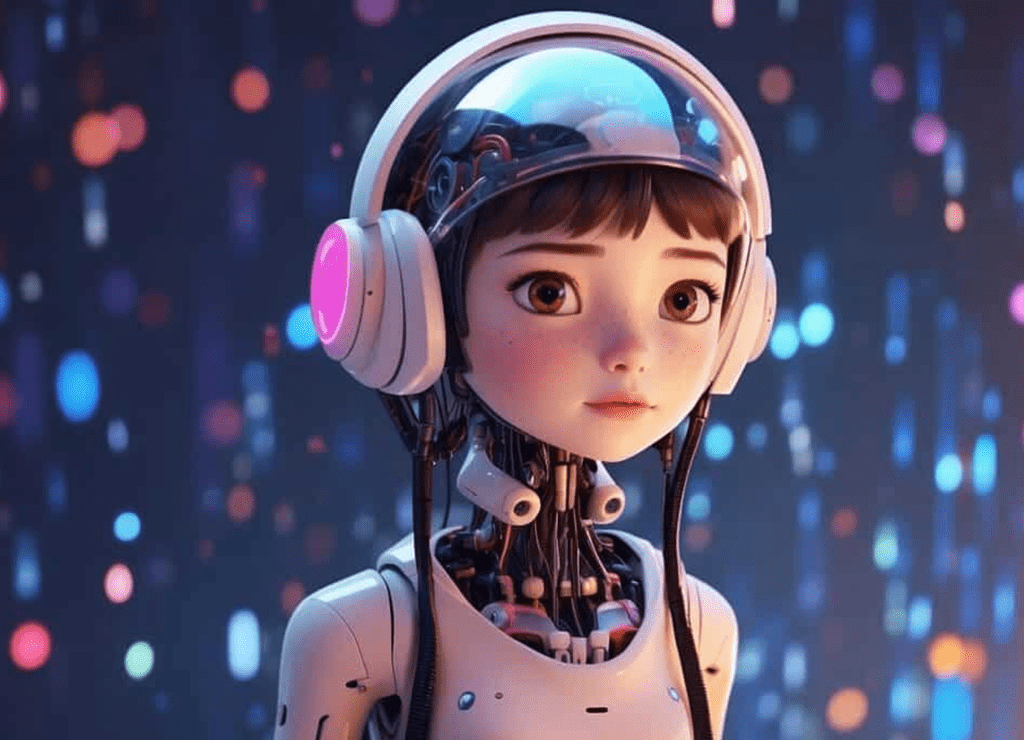Introduction: Animation has always been a blend of artistry and technology. But the advent of Artificial Intelligence (AI) is poised to revolutionize the industry, raising both exciting possibilities and concerns. This article delves into the impact of AI on animation, exploring its potential benefits, challenges, and the ethical considerations surrounding its use.
AI-Powered Animation Techniques:
- AI-Driven Character Animation: AI algorithms can analyze vast datasets of human movement, enabling animators to create more realistic and nuanced character performances. Tools like motion capture and AI-powered rigging are already transforming how characters move and interact.
- AI-Generated Backgrounds and Environments: AI can generate intricate and diverse backgrounds, freeing up animators to focus on character development and storytelling. AI-powered tools can also assist in creating realistic textures, lighting, and special effects.
- AI-Assisted Storyboarding and Concept Art: AI can help generate storyboards and concept art based on textual descriptions, providing animators with a starting point for their creative process.
- AI-Enhanced Color Grading and Visual Effects: AI algorithms can analyze and enhance color grading, ensuring visual consistency and enhancing the overall aesthetic appeal of animated projects.
Benefits of AI in Animation:
- Increased Efficiency and Productivity: AI can automate repetitive tasks, allowing animators to focus on more creative aspects of their work.
- Enhanced Creativity and Innovation: AI can provide new tools and techniques for animators to explore, pushing the boundaries of what’s possible in animation.
- Improved Accessibility: AI-powered tools can make animation more accessible to individuals without extensive technical training, democratizing the creative process.

Challenges and Concerns:
- Job Displacement: The rise of AI-powered animation tools raises concerns about job displacement for animators.
- Ethical Considerations: The use of AI in animation raises ethical questions about copyright, ownership, and the potential for AI-generated content to replicate or mimic existing works.
- Creative Control: Over-reliance on AI tools could potentially stifle creativity and lead to a homogenization of animated styles.
The Future of AI in Animation:
The future of AI in animation is likely to involve a collaborative approach, with AI serving as a tool to augment human creativity rather than replace it. As AI technology continues to evolve, it’s crucial to address the ethical and social implications of its use, ensuring that AI serves as a force for good in the animation industry.
Conclusion:
AI is poised to play a significant role in shaping the future of animation. By embracing AI responsibly and thoughtfully, the animation industry can harness its power to create even more innovative, engaging, and awe-inspiring animated content.










